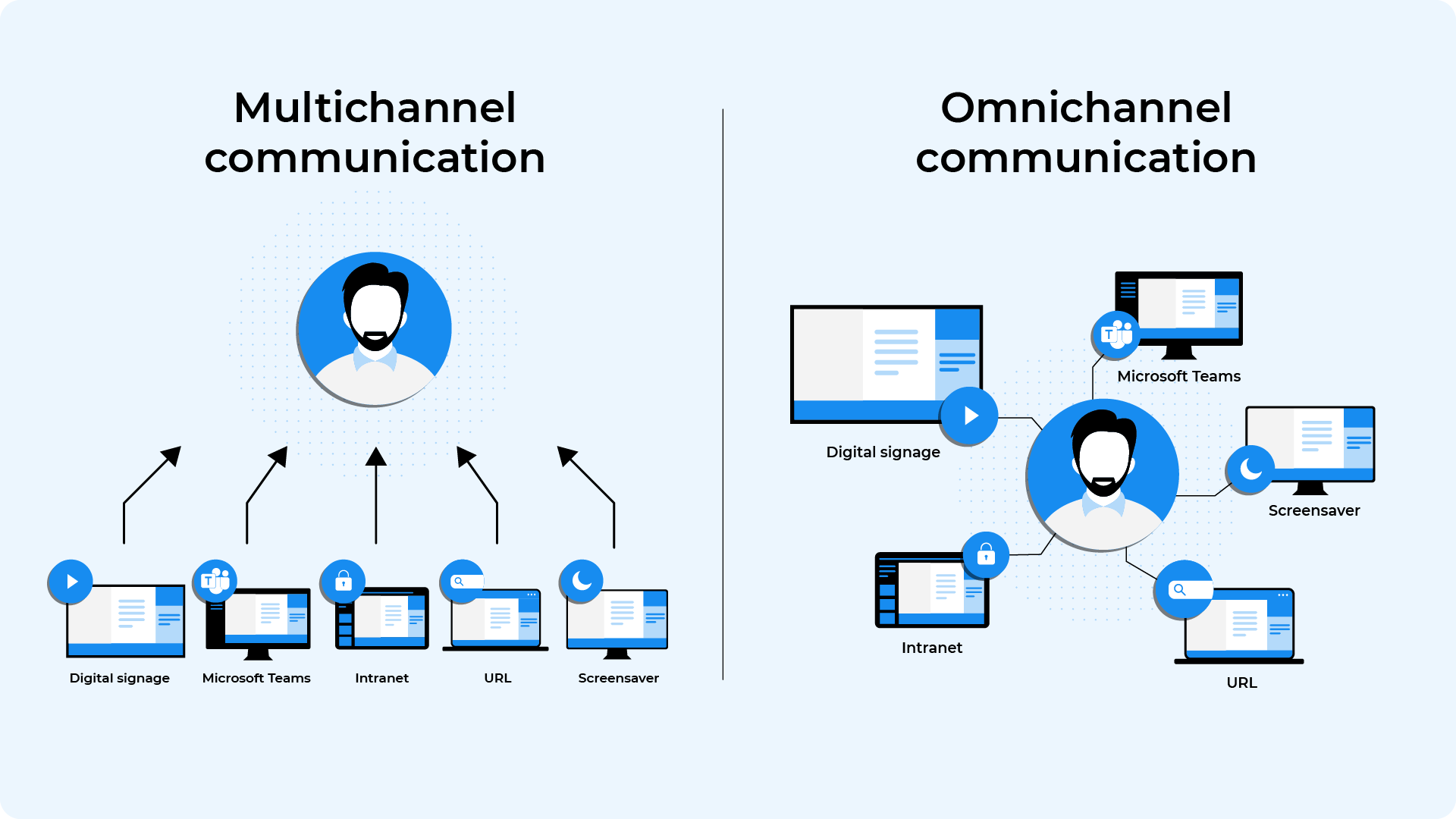Employee retention is a considerable challenge for businesses – and even more so in an economic landscape where there is a labour shortage and where employees working remotely need to feel engaged. According to a Microsoft study [consulted on April 16, 2021], 40% of employees are considering leaving their current employer by the end of this year. Considering the high cost of replacing employees, companies are faced with a critical need to address this issue. Of course, they are aware of this reality; they offer competitive salaries and work-life balance conditions. However, in a situation where the migration towards a hybrid work model is becoming the norm, prestige downtown offices, work from home policies and flexible work hours are no longer enough. Now more than ever, to ensure your employees want to continue working for you, you need to develop their sense of belonging and their engagement towards your company and their colleagues. It was already difficult in person – in a hybrid work model, it is now a major challenge.
How much does it cost to replace an employee?
There are different costs related to replacing an employee. First, there are costs related to the termination of employment for the leaving employee. Second, there are the costs for hiring a replacement (e. g. looking for applicants and job interviews). Third, there are losses due to the company under-performing because of a position left vacant for days/weeks/months. Fourth, there are losses due to the new employee’s learning curve until they reach the normal performance standards.
According to the Work Institute’s 2020 retention report [consulted on April 16, 2021], the most conservative estimates evaluate that it costs about 30% of an employee’s annual income to replace them. On a larger scale, in the article titled Reconnaissance non monétaire : Dure réalité (Unpaid recognition: A harsh reality) [consulted on April 16, 2021] published by the Ordre des Conseillers en Ressources Humaines Agréés (CRHA), authors have observed that the cost to replace an employee is between 50% and 200% of their annual salary. In other words, for an employee earning $50,000 a year, it would cost between $15,000 and $25,000 to find a replacement.
And that is just the beginning. The lack of qualified human resources also has a negative impact on employees that stay within the company. They suffer from increased workload, need to work overtime, and have to compensate for the new employees’ lack of experience. These situations create frustrations that negatively impact your employees, which in turn makes them more likely to quit.
Internal communications are the key
To increase their retention rate, organizations need to foster a sense of belonging and increase the engagement of employees towards the company and their colleagues. The answer: internal communications!
At the beginning of COVID, companies switched to a “survival mode” and needed to adapt their employees’ work environments quickly to keep functioning. Now that we are used to this new way of working, we need to think about making work more social and close the gap with in-person experiences. More importantly, we need to find solutions that will develop a community spirit between people sharing a same physical space and others working remotely. As such, organizations need to invest in communication technologies that will enable teams to meet and work together wherever they are. Traditional communication tools can no longer achieve this; companies need to look for omnichannel communication software. With this software, employees are at the centre of communications and companies can manage information to be shared throughout its channels from a central location.

Read: Reach your employees wherever they work
In the current economic environment, employee retention is of the utmost importance to ensure company sustainability and growth. Although internal communications have always been an integral part of the solution to this challenge, work from home and the migration towards a hybrid work model have underlined the importance of updating tools at the companies’ disposal. We must create solutions that will define the new norm – and leave the ones that will simply bring us back to how it was before.







